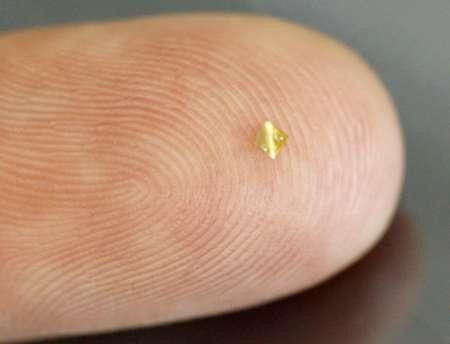New technology isolates nanopaticles from blood, could help device new drug-delivery systems

A team of engineers at the University of California, San Diego has developed a new chip-based technology that can quickly isolate drug-carrying nanoparticles from the blood. The technology makes use of an oscillating electric field to perform the task.
Due to their extreme low density and small size in comparison to the blood plasma, nanoparticles are difficult to separate from the blood component. Typically scientists use traditional methods to separate them from blood plasma, which involves diluting the plasma, adding highly concentrated sugar solution to it and spinning the mixture in a centrifuge.
Through the above described traditional method, the nanoparticles get separated into a distinct layer. However, the process either ends up altering the normal behaviour of the nanoparticles or cannot be applied to all types of common nanoparticles.
However, the new chip designed by the researchers overcomes these shortcomings and uses an oscillating electric field to separate drug-delivery nanoparticles from blood, reports Medical News Today. The separated nanoparticles get accumulated on the ring of the chip.
The researchers are hopeful that their technology will enable them to design new drug-delivery systems and mechanisms. With the help of this technique, the researchers will also be able to monitor the movement of nanoparticles in the bloodstream.
The chip contains hundreds of electrodes that generate the oscillating electric field. During the study, the researchers demonstrated the recovery of nanoparticles from a drop of plasma spiked with it. Science 2.0 reports that the recovery took place in 7 minutes and the technique seems to work on different types of drug-delivery nanoparticles commonly used.
The complete details of the study have been published in the journal Small.
Contact the writer at feedback@ibtimes.com.au, or let us know what you think below.





















